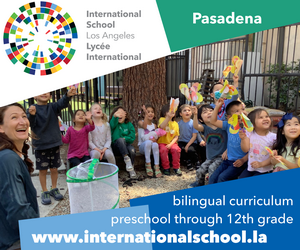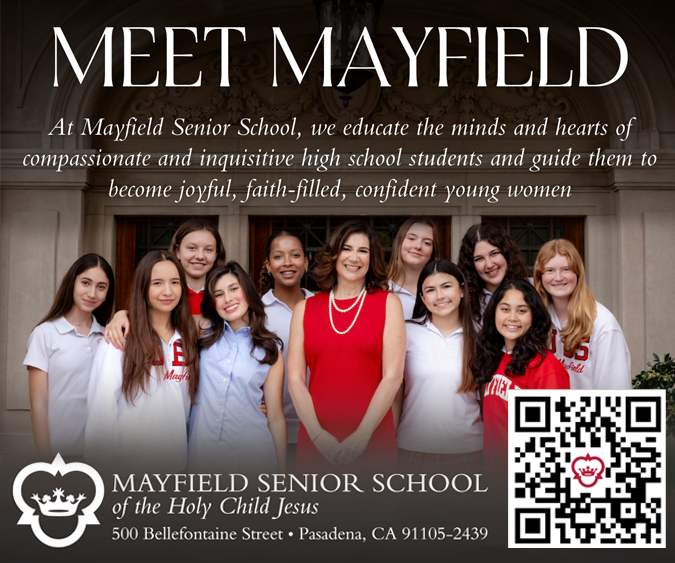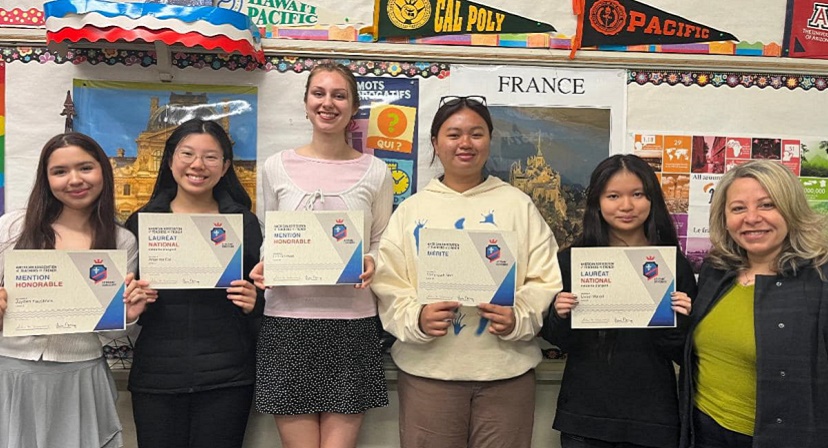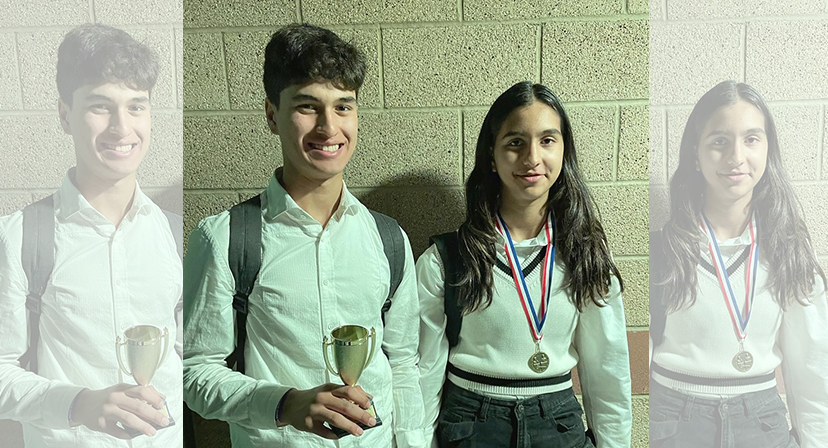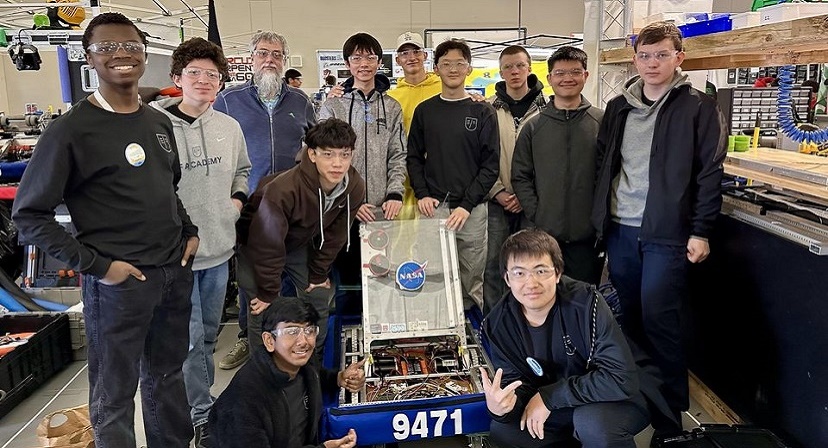History, Legend Converge as Upper School Advanced Chinese Language & Culture Study
Students Delve Into the Origin & Evolution of Chinese Characters
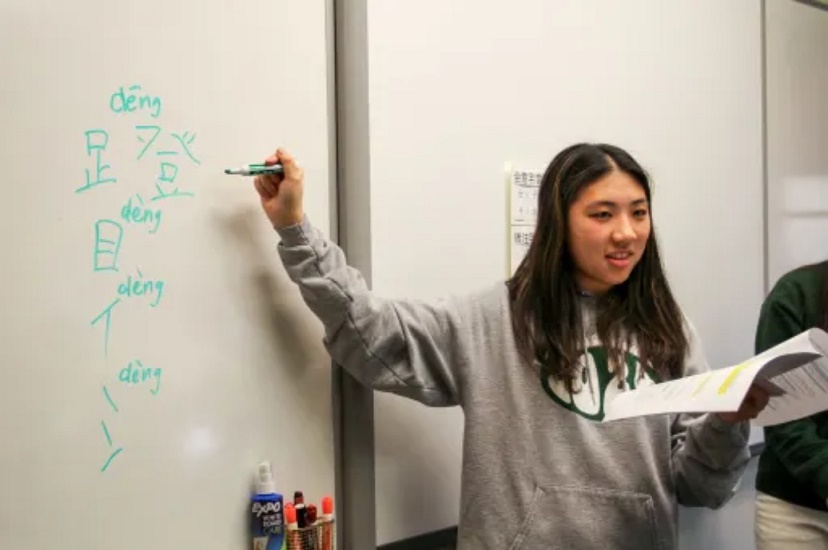
Westridge Students in Upper School Mandarin Teacher Lily Shang’s Advanced Chinese Language & Culture Study delved deep into legend, history, and culture to present on the evolution of Chinese characters—a culmination of their weeks-long study into the origin and meaning of the written language. Using a base textbook to pick up key vocabulary and Chengyu (or four-character idioms that are widely used in the Chinese language), students launched into independent study to learn all about the characters through topics such as: Cangjie—who legend says invented Chinese characters through pictograms; one of the oldest Chinese dictionaries, “Shuowen Jiezi,” and its creator; the six types of Chinese characters; and how meaning is derived from characters. Then, in groups, they were tasked with presenting what they learned in their own words in front of peers.
“I think [students] are moving from focusing on learning the language and grammar to now opening themselves up to digging into Chinese culture,” said Shang. “They can do this in an English environment, but the challenge is using the Chinese language to communicate culture, which they are learning to do.”
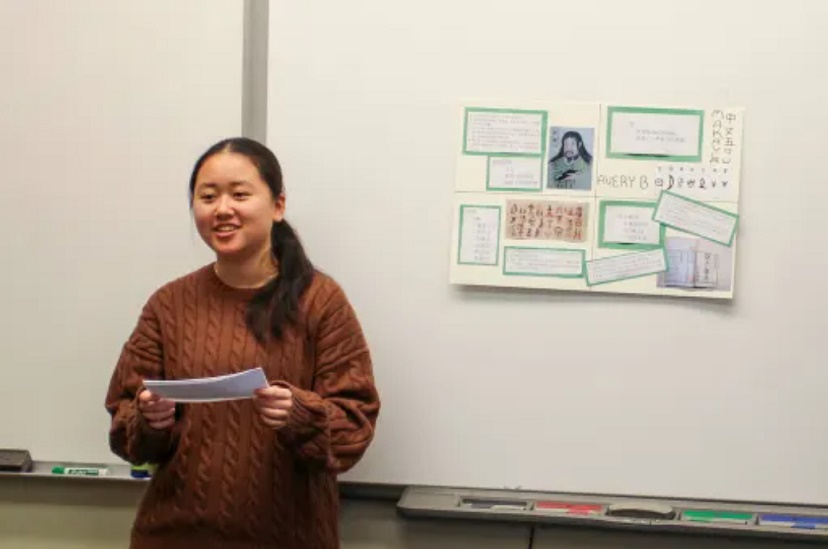
Shang said she focused on teaching students how to introduce and conclude a presentation using idioms, and while they all presented on the same topic, students used the language in different ways to analyze and express their newfound knowledge. In conducting her research on the evolution of Chinese characters, Cecilia P. ’25 reflected on how there were many other words outside of the vocabulary learned in class she had to pick up on because she was using Chinese source materials. Sophie C. ’25 said the Advanced Chinese class—a Westridge Advanced Course new to this year—has so far involved much more personal research than previous classes.
“For example, the word 好 (hao), which means good and proper, is made up of the word 女 (nü), which means woman, and 子 (zi), which means child… so it’s good and proper for a woman to be with child whereas the word 男 (nan), which means male, is made up of 田 (tian), which means a field, and 力 (li), which means strength,” Sophie said. ” … I found it really interesting to see how much cultural rhetoric is in the actual words themselves and the history of how the words were created.”
Westridge School, 324 Madeline Drive, Pasadena, (626) 799-1053 ext. 200 or visit www.westridge.org.











